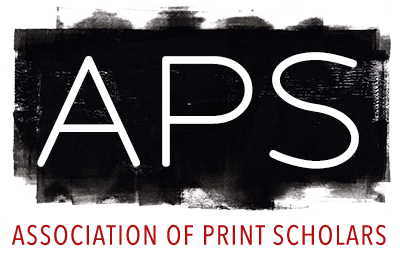Exhibition Participation
Posted: 06/23/2018
Posted by: Kate McQuillen
Expires: 08/07/2018
Site: Brooklyn: 4th Annual Hand Pulled Prints: The Current Practice in Printmaking
Site: Brooklyn
Brooklyn,
NY, United States
09/21/2018 to
10/21/2018
Submissions due: 08/07/2018
International Juried Art Exhibition
September 21, 2018 - October 21, 2018
This is an open call to artists for an exhibition at Site:Brooklyn. This exhibition will reflect the ambitious, innovative and contemporary in printmaking tod. . .
September 21, 2018 - October 21, 2018
This is an open call to artists for an exhibition at Site:Brooklyn. This exhibition will reflect the ambitious, innovative and contemporary in printmaking tod. . .
ay.
About The Juror:
Jennifer Melby is a master printmaker specializing in intaglio printmaking. She opened her studio in the early 1980’s and has worked with Brice Marden, Donald Baechler, Michael Byron, Eric Fischl, Janet Fish, Jane Freilicher, Joanne Greenbaum, Dan McCarthy, Suzanne McClelland, Sean Mellyn, and Paul Henry Ramirez, among others. Prints made in her studio have been acquired by many contemporary print collections including the Museum of Modern Art, New York Public Library, Whitney Museum, Houston Museum of Fine Art, Cleveland Museum of Art, Smith College, Tate Gallery, Pinakothek der Moderne, Munich, and the Yale University Art Gallery.
DATES:
Call Announcement Date: June 7, 2018
Final Submission Deadline: August 7, 2018
Notification Letter Date: August 15, 2018
Gallery Exhibition Dates: September 21 –October 21, 2018
Opening Reception: Friday September 21, 2018 from 6-9PM
About The Juror:
Jennifer Melby is a master printmaker specializing in intaglio printmaking. She opened her studio in the early 1980’s and has worked with Brice Marden, Donald Baechler, Michael Byron, Eric Fischl, Janet Fish, Jane Freilicher, Joanne Greenbaum, Dan McCarthy, Suzanne McClelland, Sean Mellyn, and Paul Henry Ramirez, among others. Prints made in her studio have been acquired by many contemporary print collections including the Museum of Modern Art, New York Public Library, Whitney Museum, Houston Museum of Fine Art, Cleveland Museum of Art, Smith College, Tate Gallery, Pinakothek der Moderne, Munich, and the Yale University Art Gallery.
DATES:
Call Announcement Date: June 7, 2018
Final Submission Deadline: August 7, 2018
Notification Letter Date: August 15, 2018
Gallery Exhibition Dates: September 21 –October 21, 2018
Opening Reception: Friday September 21, 2018 from 6-9PM
Relevant research areas: North America, Contemporary, Collograph, Digital printmaking, Engraving, Etching, Letterpress, Lithography, Monoprinting, Papermaking, Relief printing, Screenprinting
